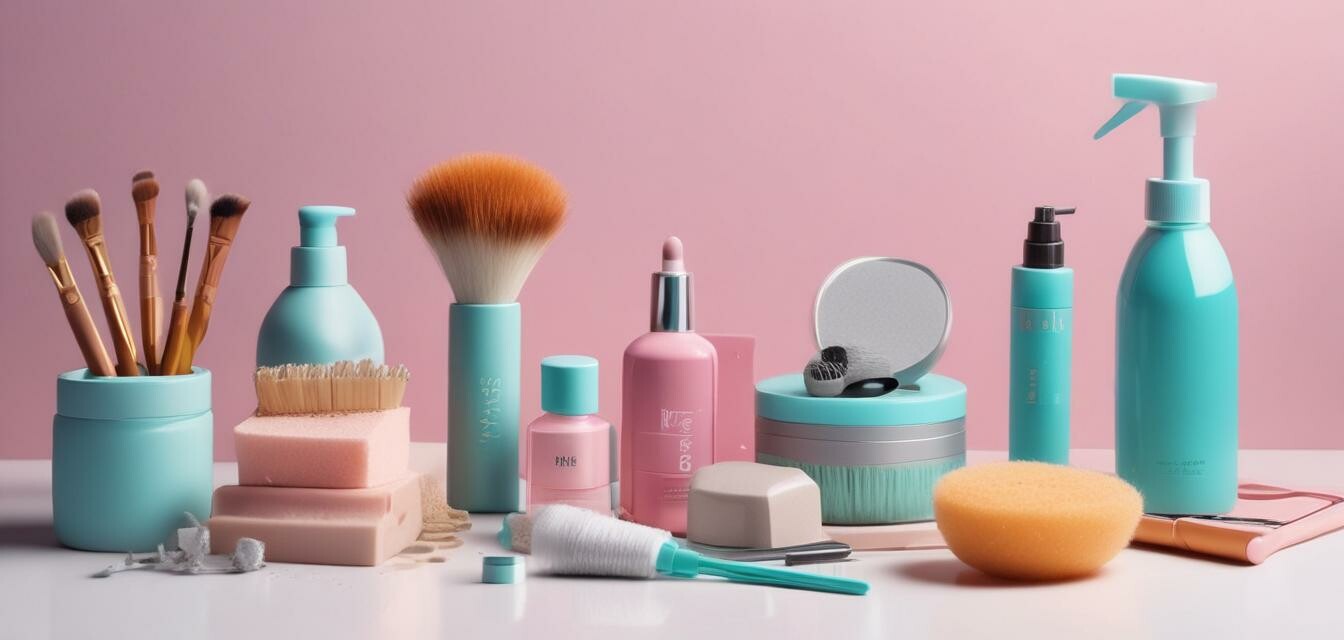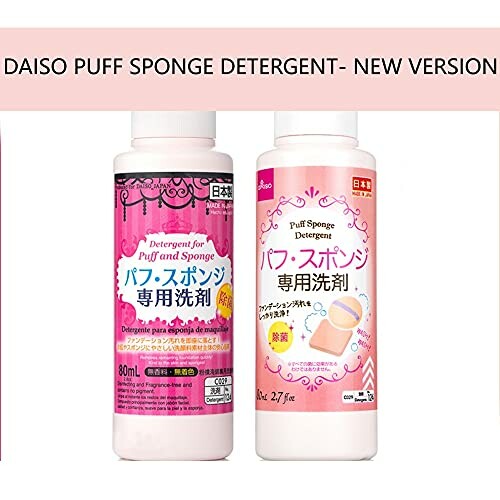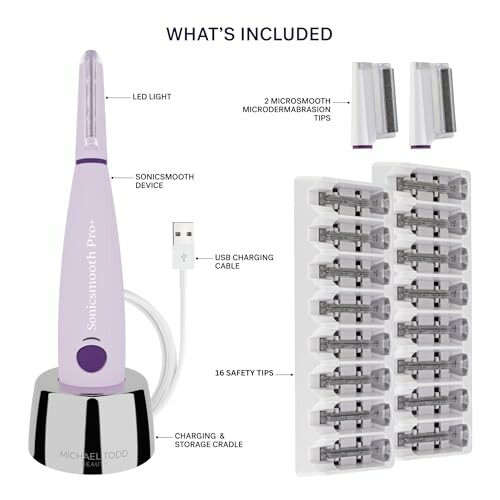
This article was generated using AI and is based on real customer reviews from the Amazon platform. It contains affiliate links, meaning we may earn a commission—at no extra cost to you. As Amazon Associates, we earn from qualifying purchases.
Understanding the Chemistry of Cleaners for Beauty Tools
Key Takeaways
- Understanding different types of cleaning agents can enhance your beauty tool hygiene.
- Regular cleaning of beauty tools helps prevent the spread of bacteria.
- Choosing the right cleaner is essential for maintaining tool longevity and performance.
Proper cleaning of beauty tools is essential to maintaining hygiene and prolonging their life. In this article, we will explore the various types of cleaning agents available and their effectiveness in removing harmful bacteria. From chemical-based solutions to eco-friendly alternatives, understanding the chemistry behind these cleaners will help you make informed choices for keeping your beauty toolkit in top shape.
Importance of Cleaning Beauty Tools
Beauty tools, including brushes, sponges, and other accessories, can harbor bacteria if not cleaned properly. This can lead to skin issues such as breakouts or infections. Here are some common types of beauty tools that you should regularly clean:
- Makeup Brushes
- Sponges
- Nail Tools
- Facial Cleansing Devices
- Hair Styling Tools
Types of Beauty Tool Cleaners
Different cleaning agents serve varied needs and preferences. Here’s a breakdown of common types:
| Type of Cleaner | Description | Best For |
|---|---|---|
| Chemical Cleaners | Utilizes synthetic compounds to effectively kill bacteria. | Makeup Brushes, Sponges |
| Eco-Friendly Cleaners | Made from natural ingredients, safe for the environment. | General Cleaning, Sensitive Skin |
| Alcohol-Based Cleaners | Fast-acting sanitizers that dry quickly and eliminate most germs. | Facial Tools, Nail Tools |
| Non-Toxic Soaps | Gentle on the skin; suitable for brushes and sponges. | Vegan and Cruelty-Free Preferences |
Understanding Chemical Cleaners
Chemical cleaners often contain surfactants, solvents, and antibacterial agents. Here's how they work:
- Surfactants: Break down oils and makeup residues.
- Solvents: Dissolve dirt and bacteria.
- Antibacterial Agents: Kill bacteria and prevent growth.
When selecting a chemical cleaner, always check for safety and compatibility with your tools.
Spotlight Product: Daiso Detergent Cleaning for Makeup Puff and Sponge
This liquid cleaner from Daiso is a fantastic choice for keeping your sponges and makeup puffs bacteria-free. It’s specifically formulated to break down residues effectively.
Daiso Detergent Cleaning for Makeup Puff and Sponge 80ml
Effective liquid cleaner for makeup puff and sponges, helping to remove residues and bacteria.
Learn MoreEco-Friendly Cleaning Solutions
For those looking for sustainable options, eco-friendly cleaning solutions are a great alternative. They use natural ingredients to effectively cleanse without harsh chemicals.
- Vinegar and Water Solution
- Castile Soap
- Baking Soda with Essential Oils
Spotlight Product: Michael Todd Beauty - Sonicsmooth Pro+ Dermaplaning System
This dermaplaning system is not only great for achieving smooth skin but also features easy-to-clean components that adhere to hygiene standards.
Michael Todd Beauty - Sonicsmooth Pro+ Dermaplaning System
A versatile device offering exfoliation and peach fuzz removal, perfect for skincare enthusiasts.
Explore NowHow to Effectively Clean Beauty Tools
Here’s a simple step-by-step guide to cleaning your beauty tools:
- Rinse the tool under warm water to remove surface debris.
- Apply your chosen cleaner (chemical or eco-friendly) and lather.
- Rinse thoroughly until the cleaner is fully washed out.
- Allow to air dry completely before use.
Best Practices for Cleaning
To ensure cleanliness and hygiene, remember these best practices:
- Clean tools after every use to prevent buildup.
- Store tools in a dry place to avoid moisture.
- Regularly check for signs of wear or mold.
Pros
- Helps prevent skin diseases and infections.
- Extends the life of beauty tools.
- Improves the performance of products used with the tools.
Cons
- Some cleaners can be harsh on delicate tools.
- Natural cleaners may not be as effective for tough residues.
Conclusion
Understanding the chemistry of cleaners helps you make better choices for maintaining your beauty tools. Regular cleaning, whether using chemical or eco-friendly solutions, ensures that your tools remain effective and hygienic. Remember to follow the best practices outlined above for optimal care of your beauty toolkit.
For more tips on cleanliness and hygiene practices related to beauty tools, visit our Cleaning Tips section, or learn about Importance of Beauty Tool Hygiene and Top Products for Tool Sanitation.

